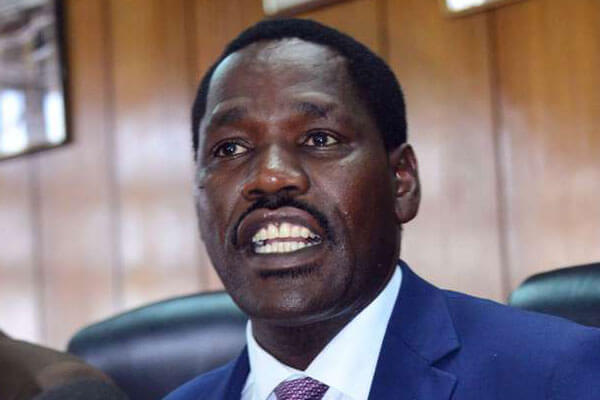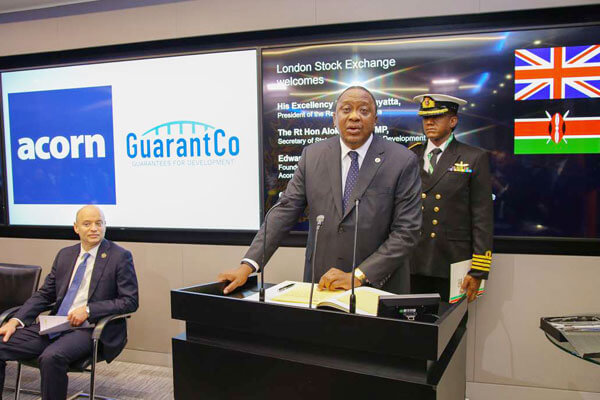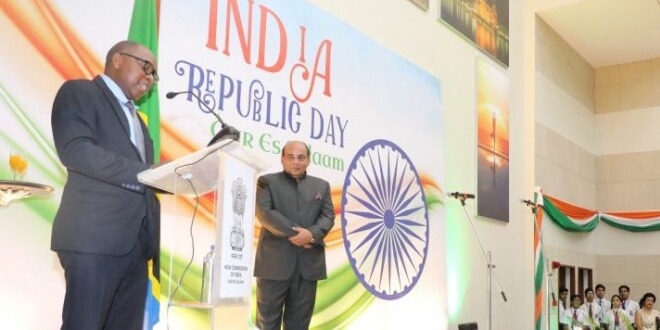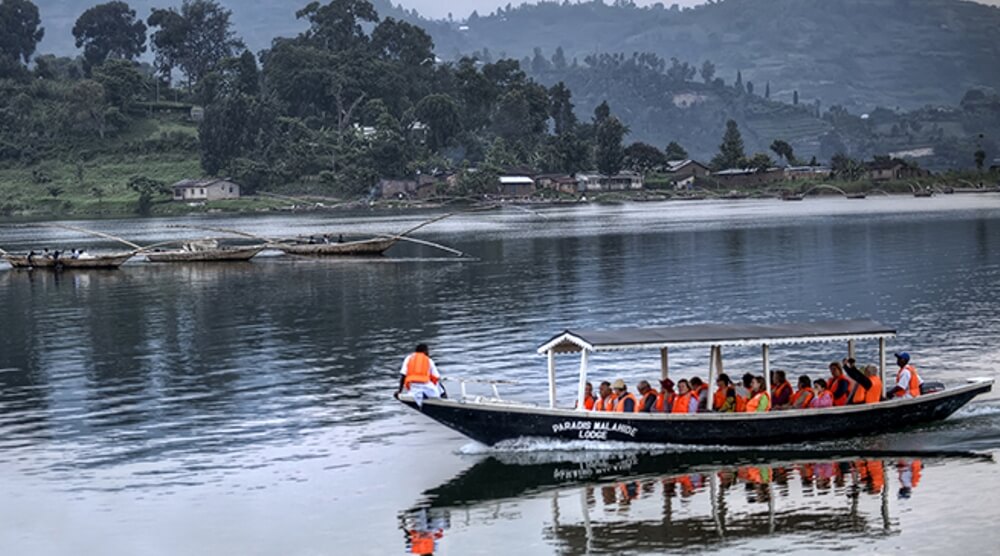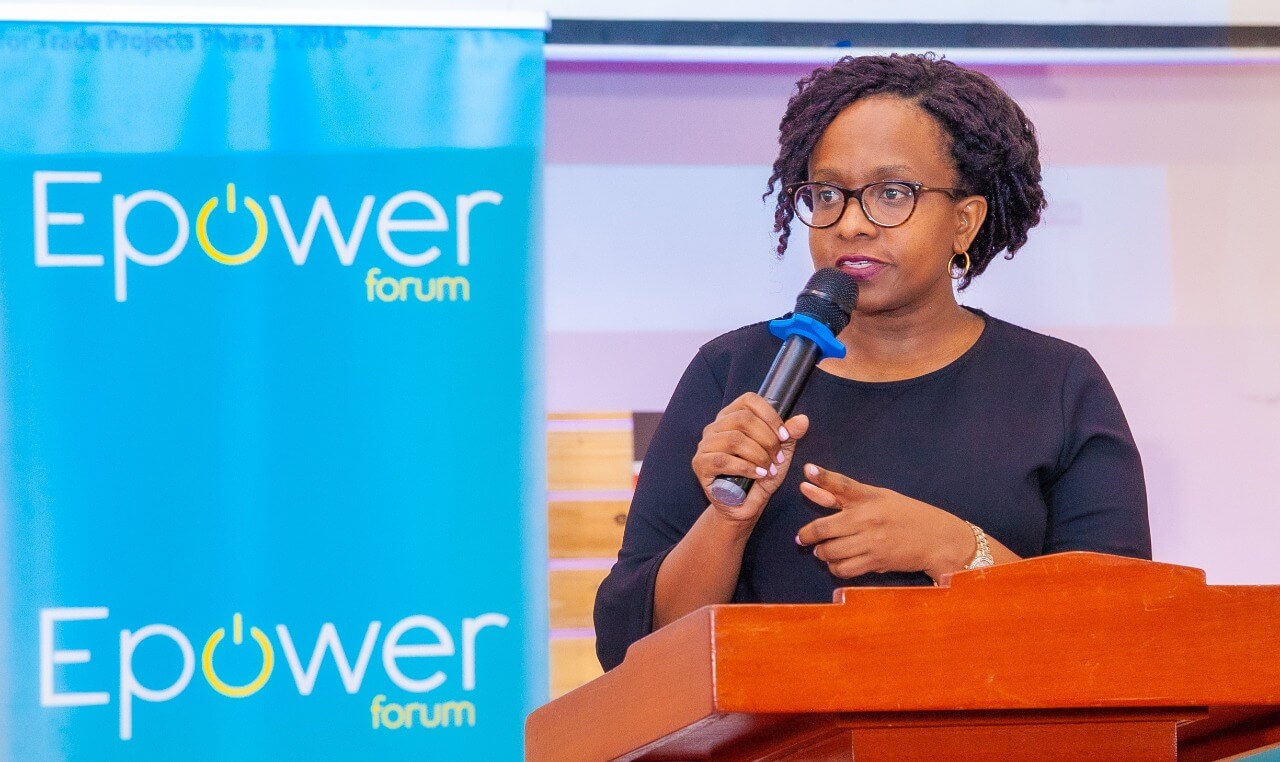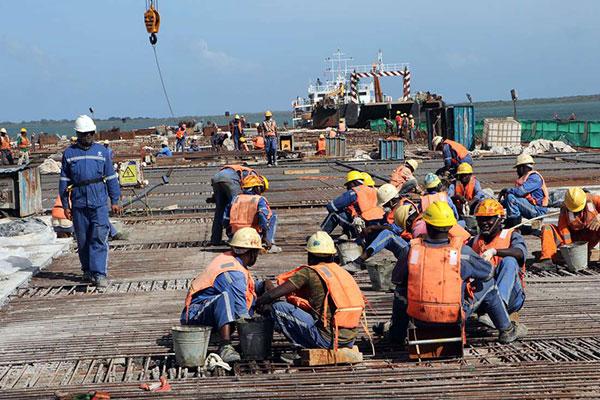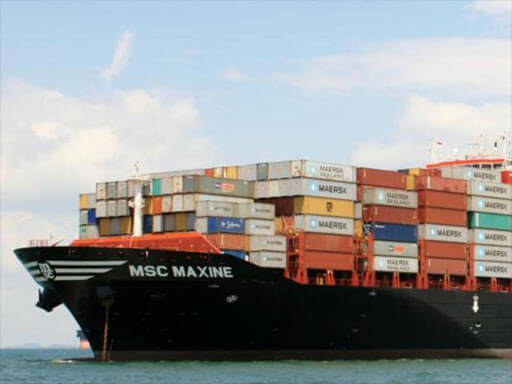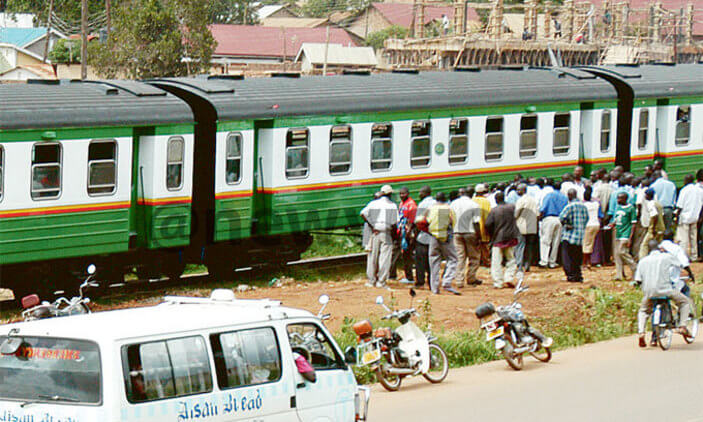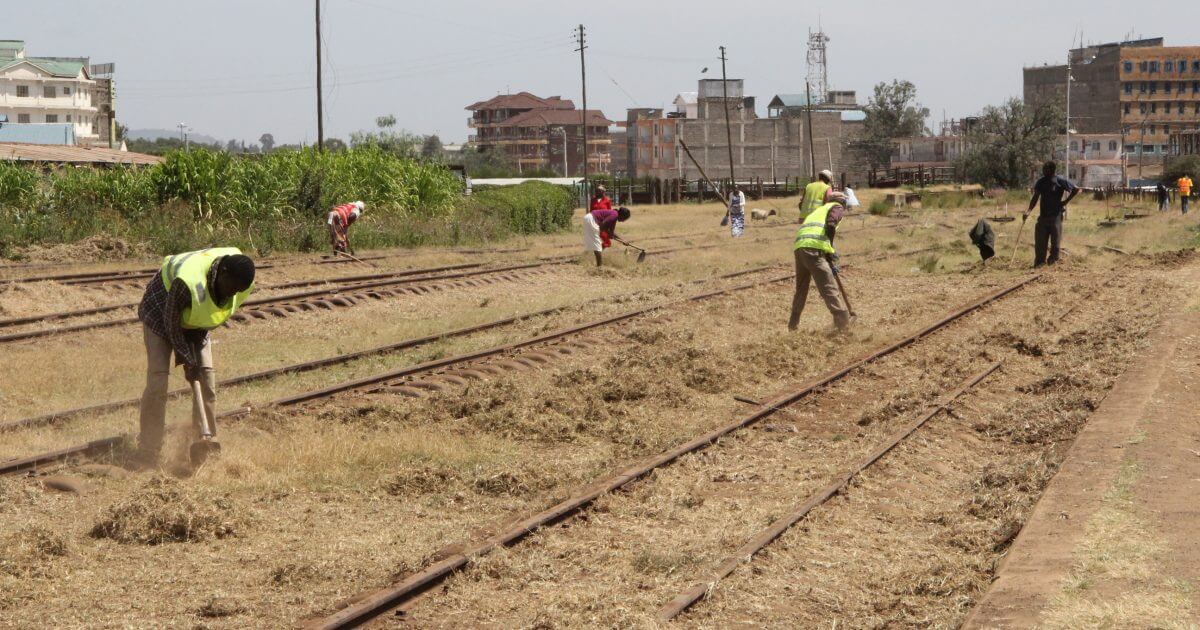Agriculture Cabinet Secretary Peter Munya has extended the term of a task force formed to spearhead reforms on standardisation of goods in the fight against counterfeits. The Standards and Quality Infrastructure Reforms Taskforce that Mr. Munya appointed on November 15, 2019, while he was Trade Minister, is chaired by Mr. Wachira Maina. It was appointed for a period of two months so it was expected to have completed its work by January 15. But in a January 14 Gazette notice, Mr. Munya extended the team's term by three months, effective January 15. GOALS The taskforce is undertaking a comprehensive review and evaluation of weaknesses and shortcomings of Kenya's standards and quality infrastructure It is analysing the system's policy as well as legal and legislative frameworks of relevant institutions and agencies. The terms of reference state that members are to "review and evaluate weaknesses in inter-agency coordination in the standards enforcement ecosystem. They are also to "review adequacy of the capacity level of various institutions or agencies covering human, financial and other resources, for purposes of ensuring efficient implementation of their mandate". KEBS EVALUATION The 11-member team with four joint secretaries is looking into organisations including the Kenya Bureau of Standards (Kebs). According to its terms of reference, it will submit a report recommending evaluation of Kebs' internal weaknesses, its mandate and functions. The team will also recommend the evaluation of inherent conflicts of interests in the operational structure at Kebs and other agencies involved in defining, monitoring and enforcing national...
CS Munya extends term of standards taskforce by 3 months
Posted on: February 3, 2020
Posted on: February 3, 2020

